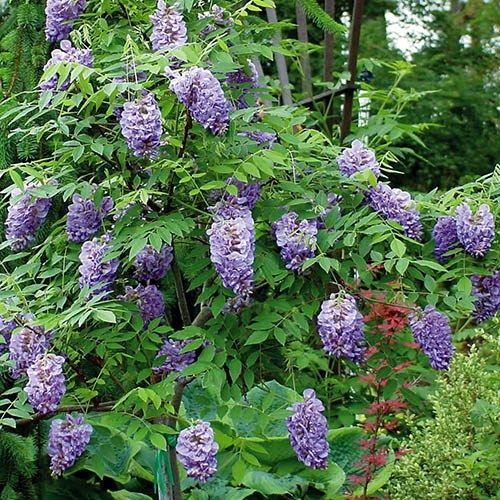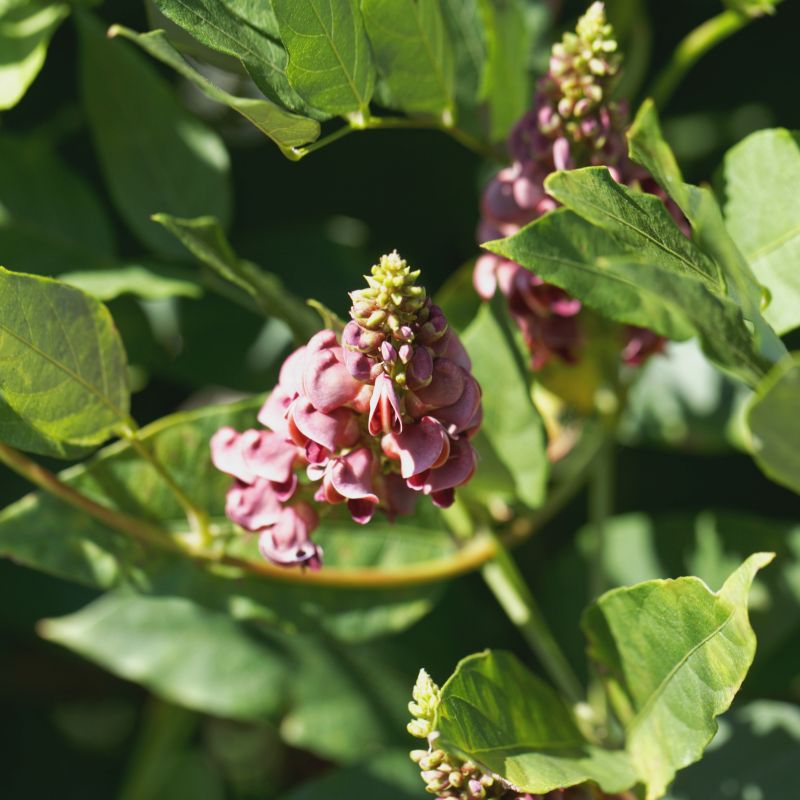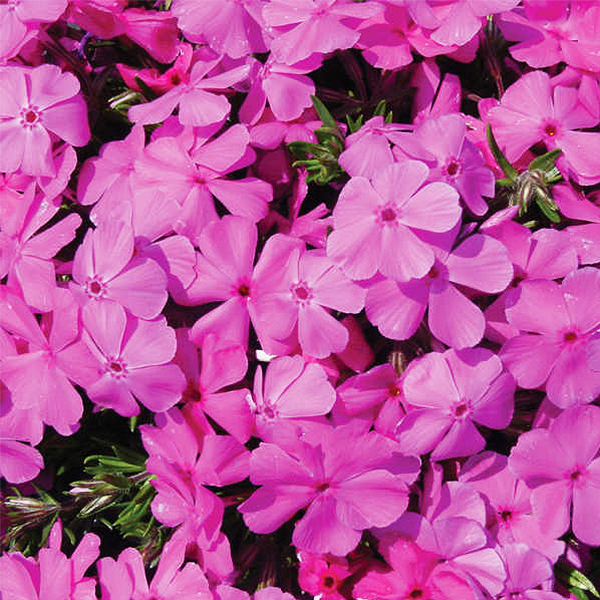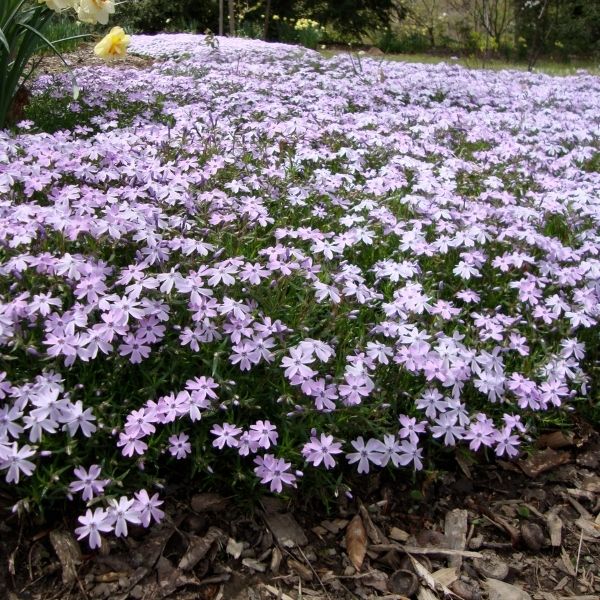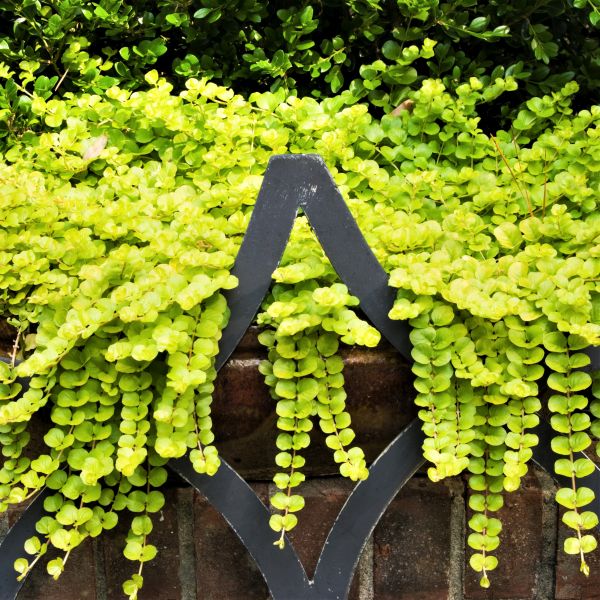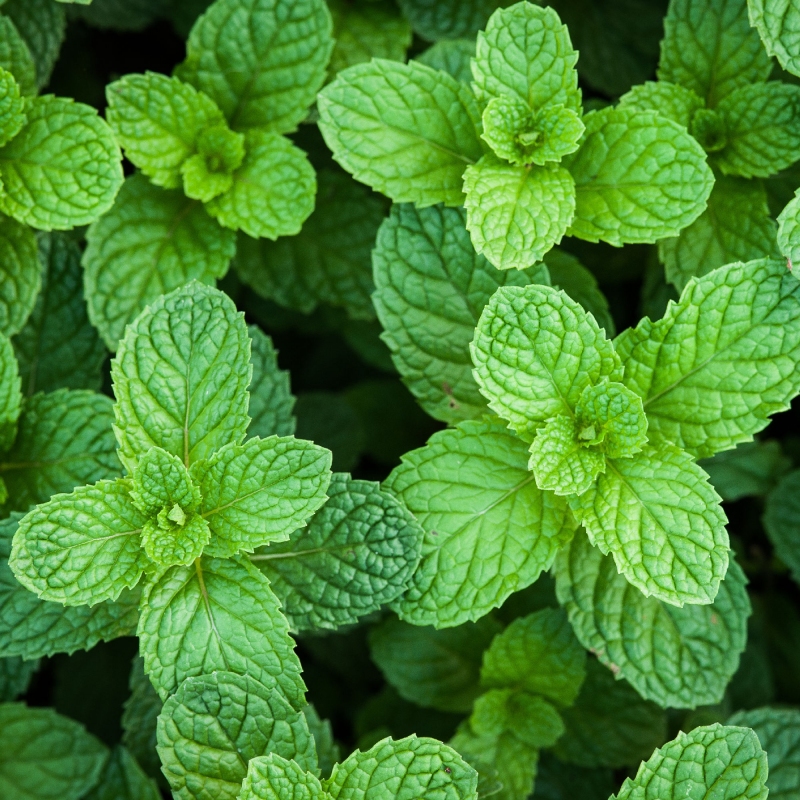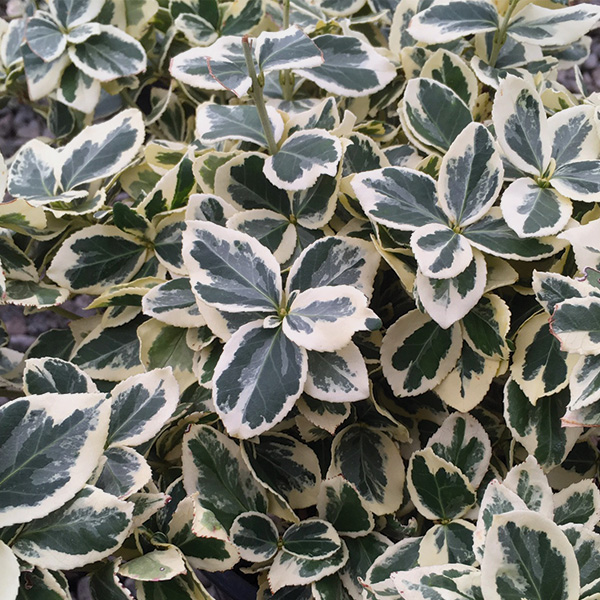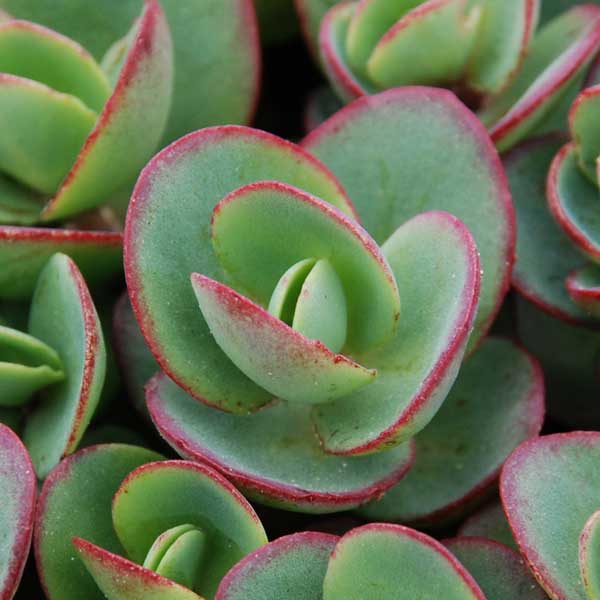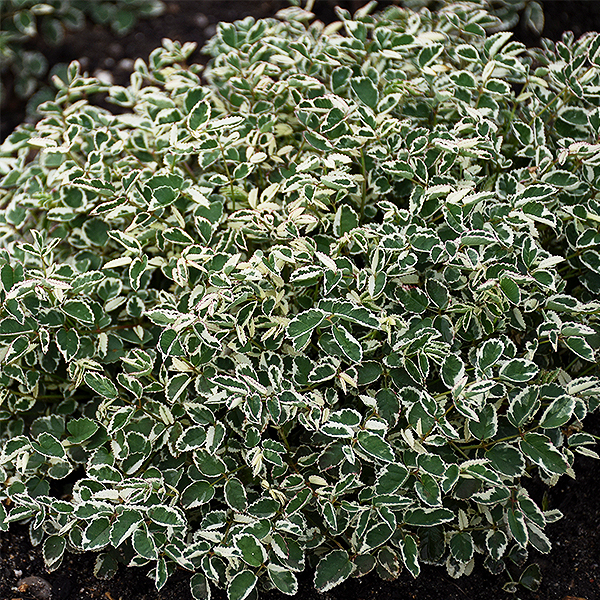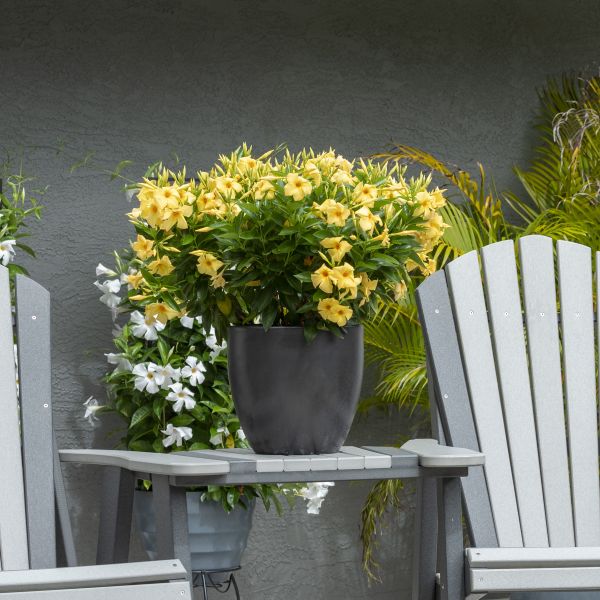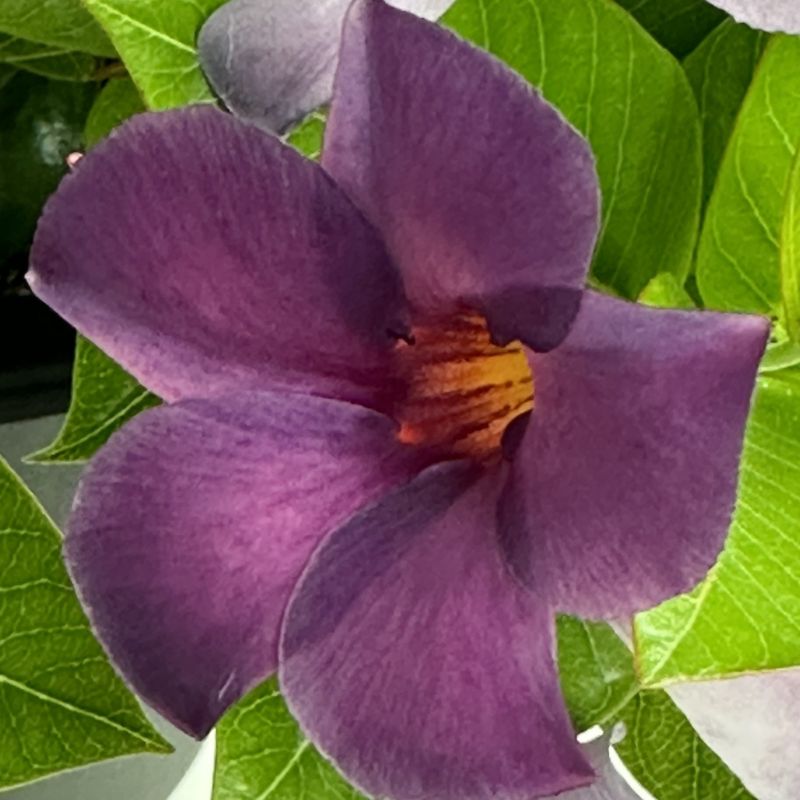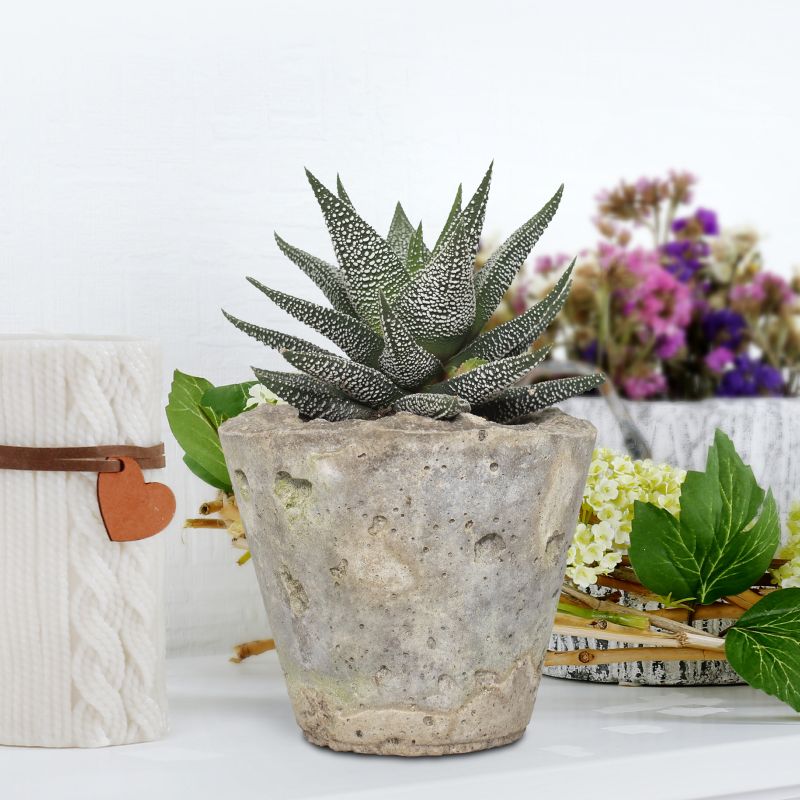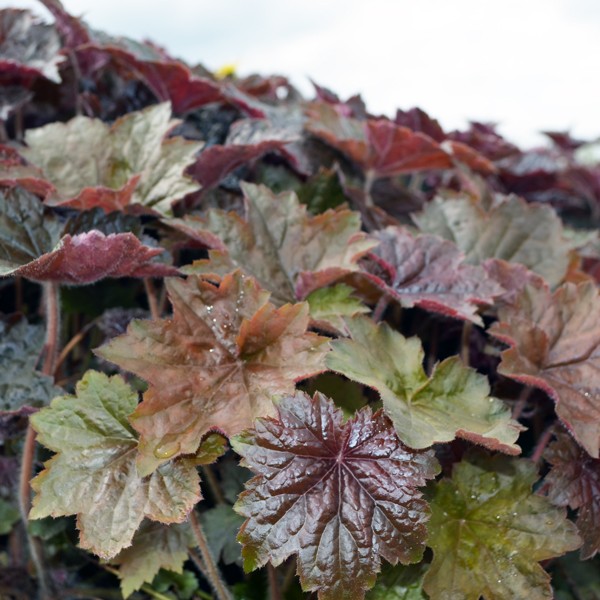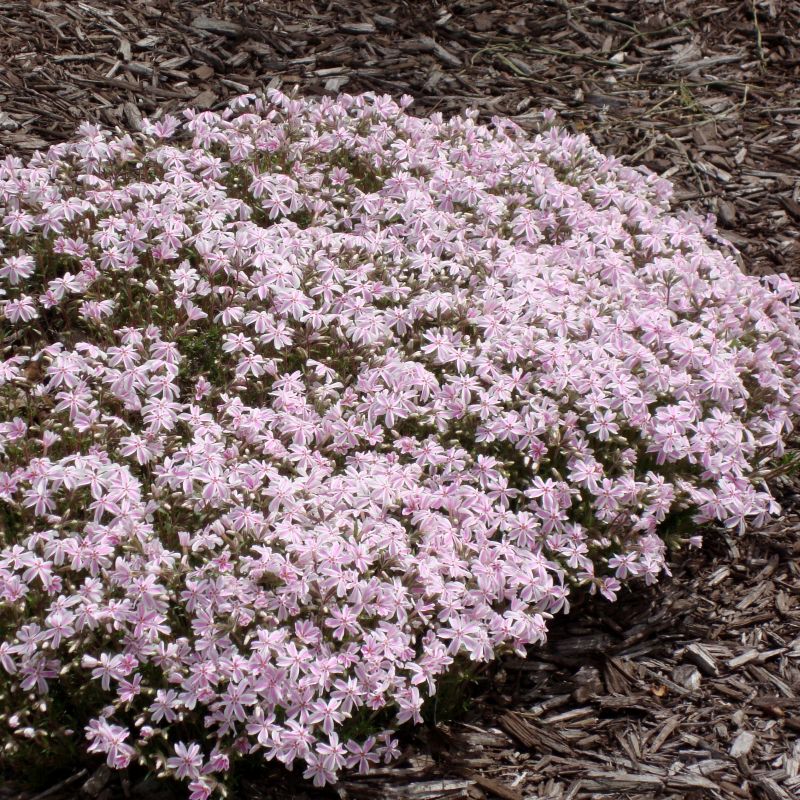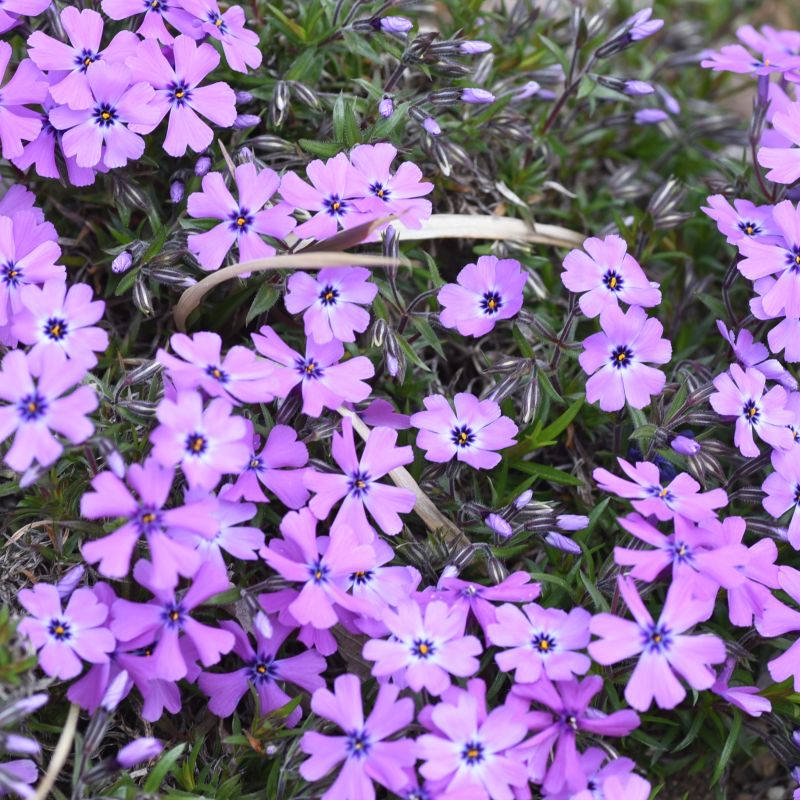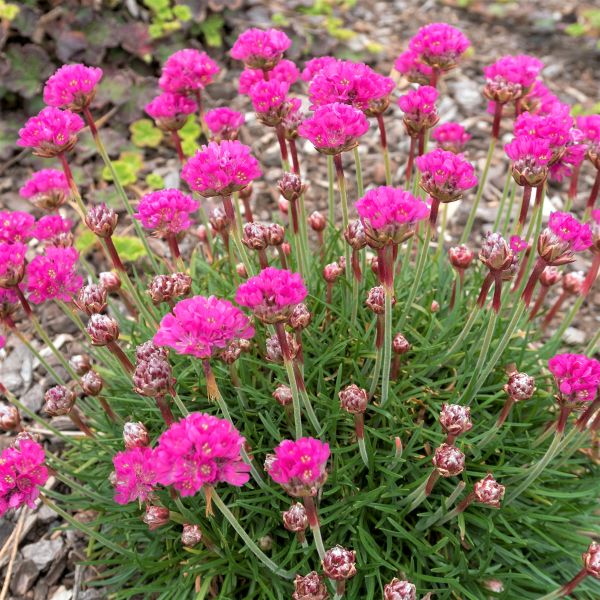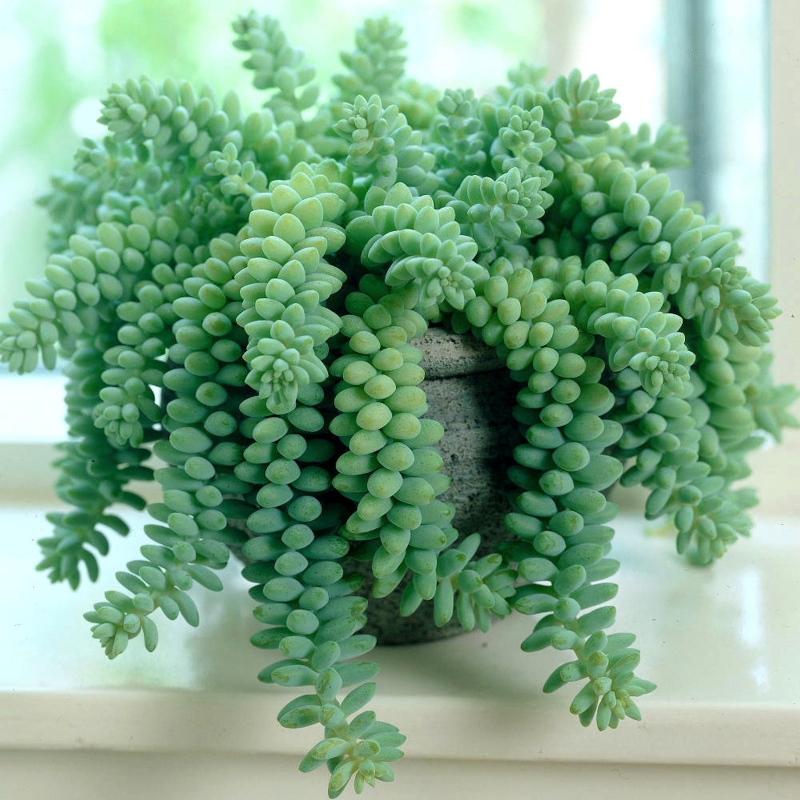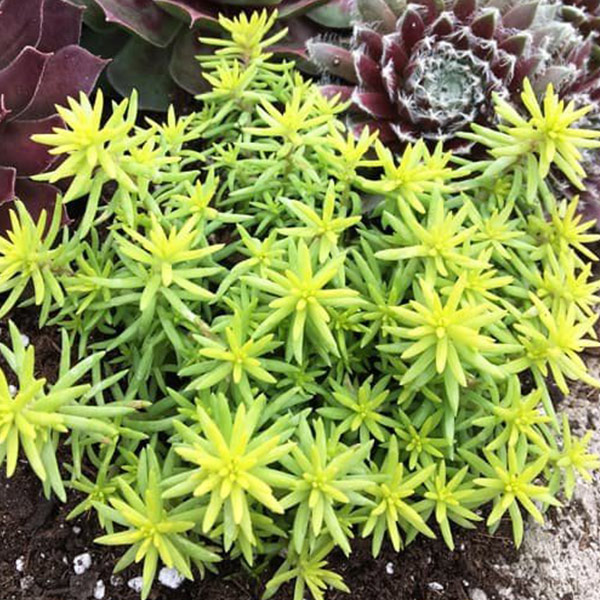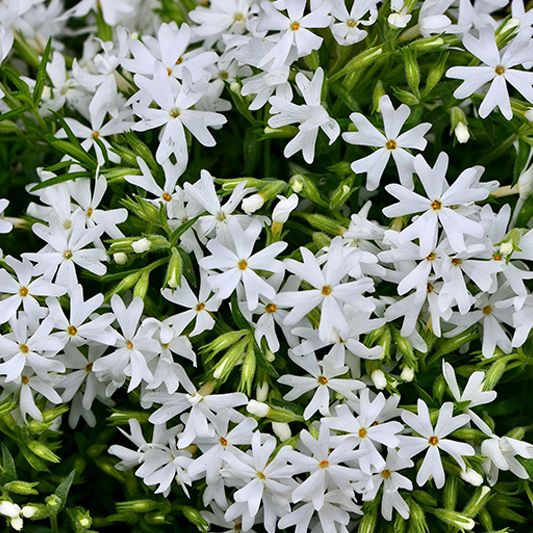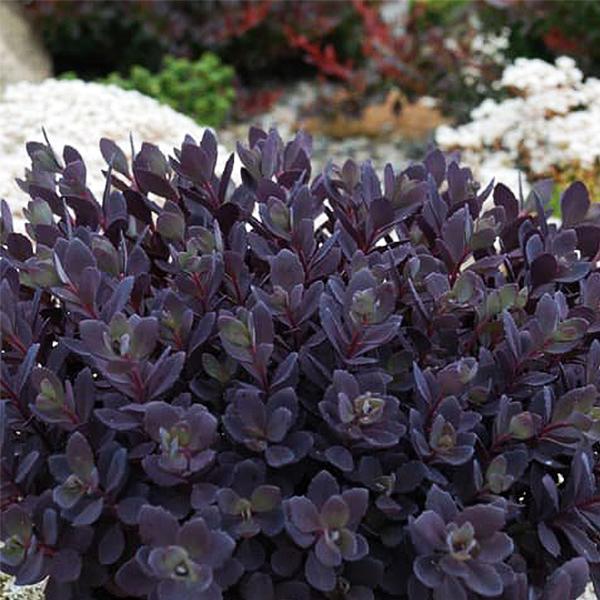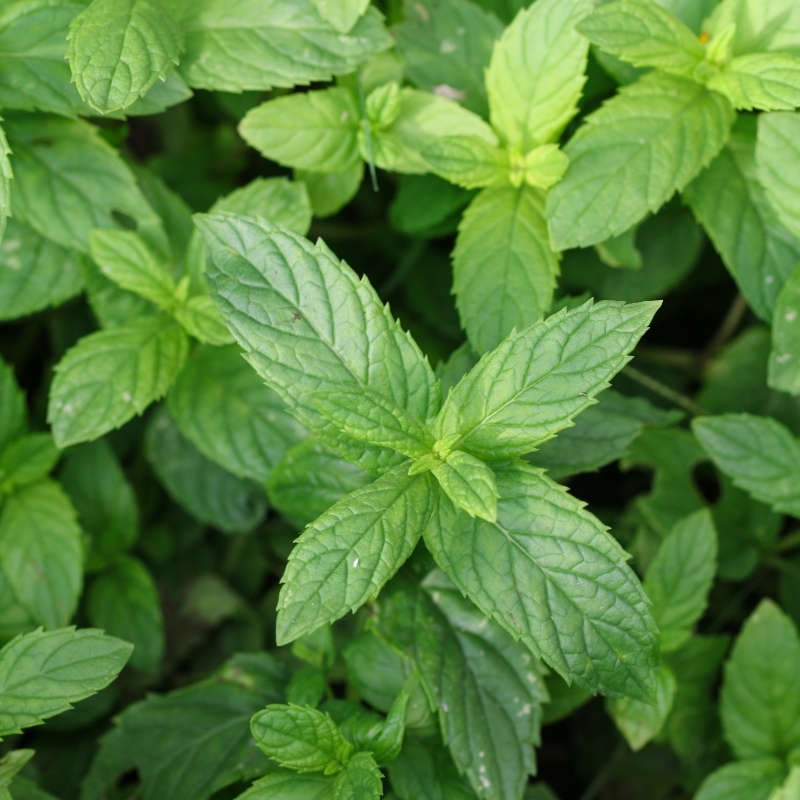
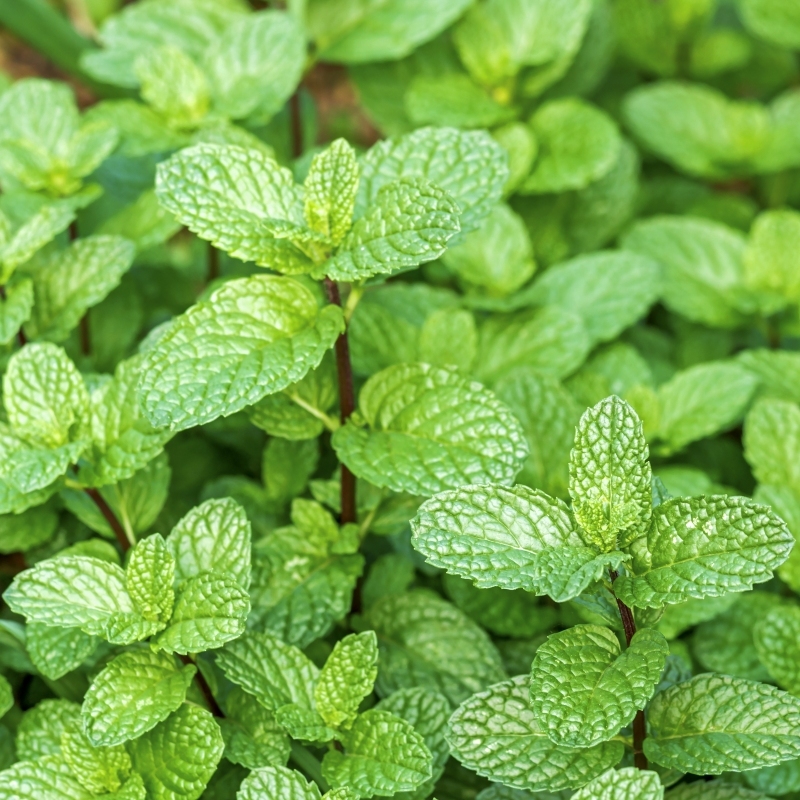
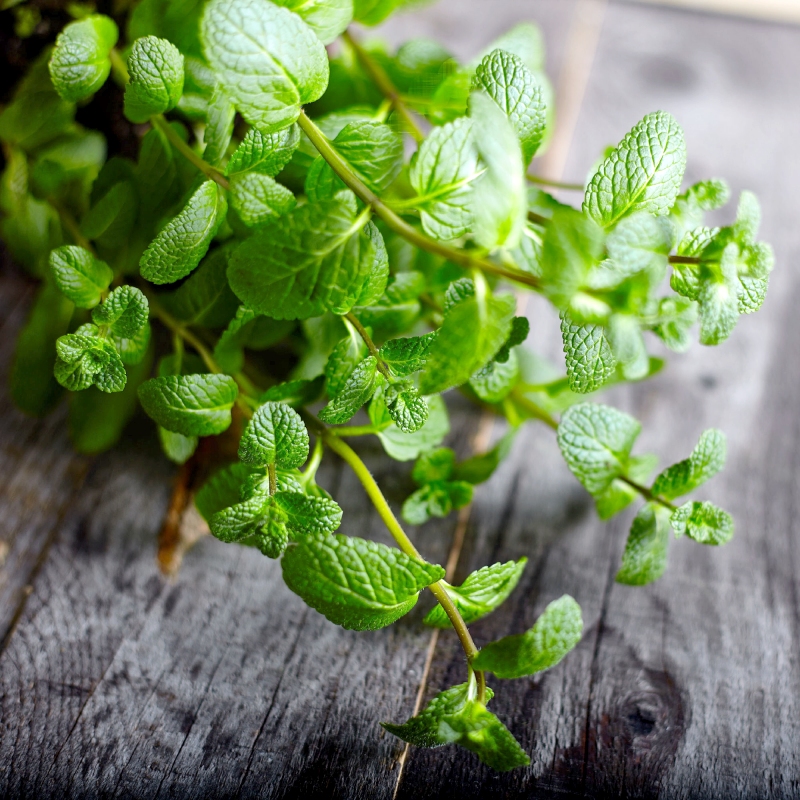
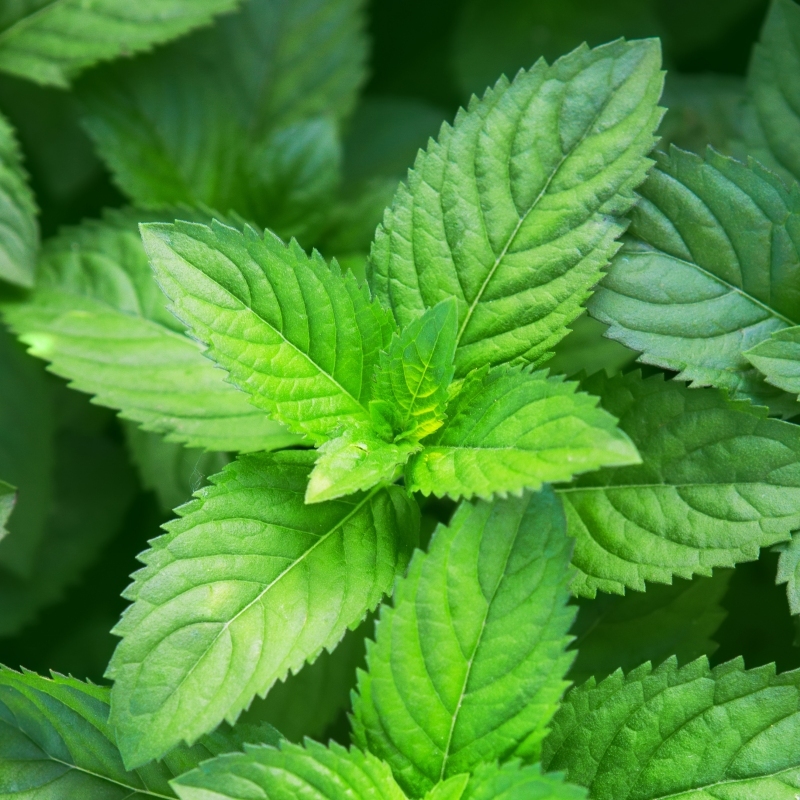
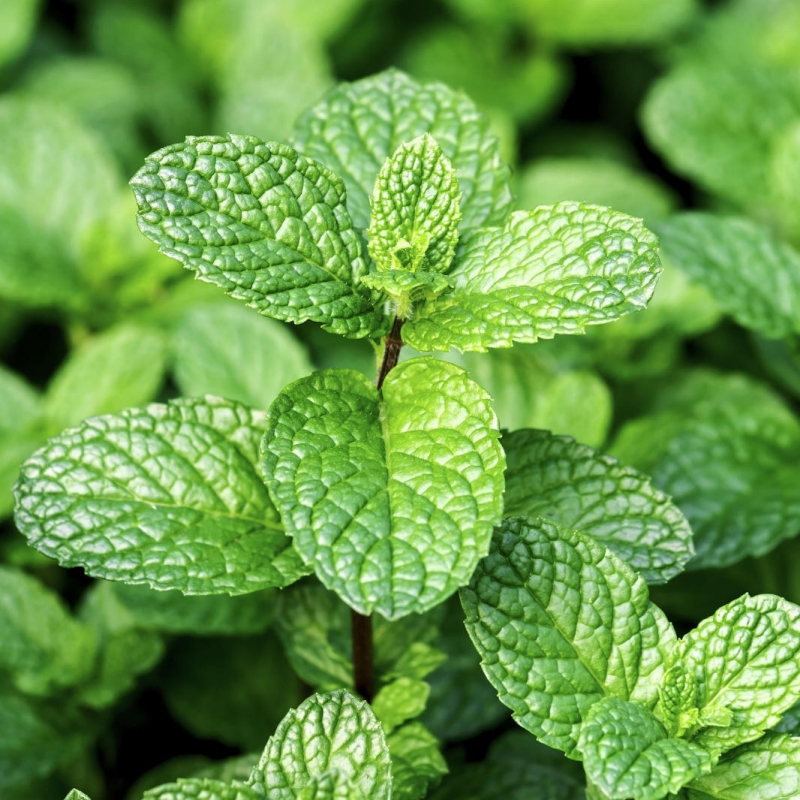
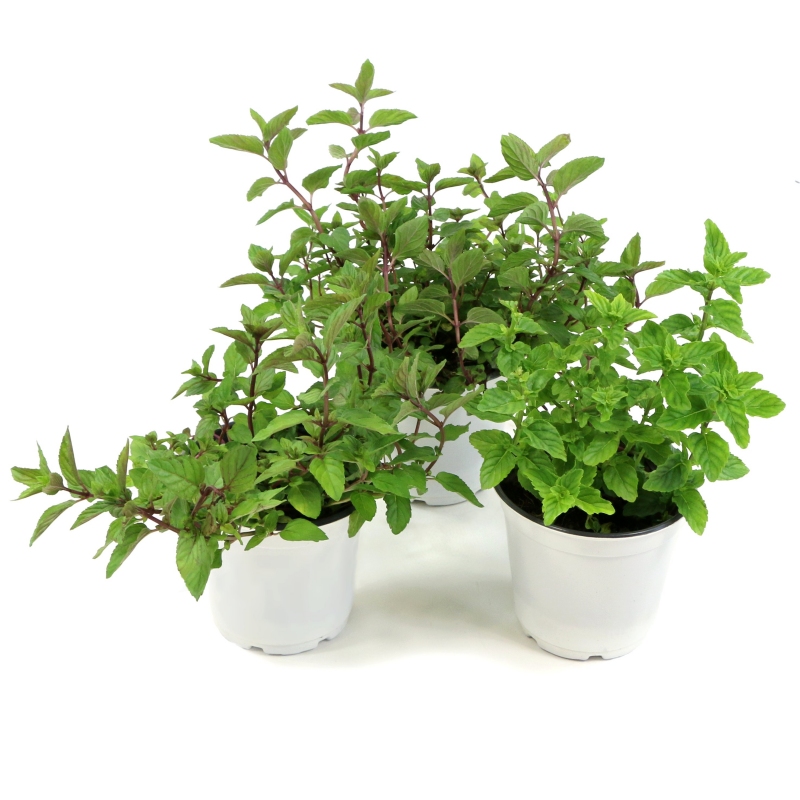
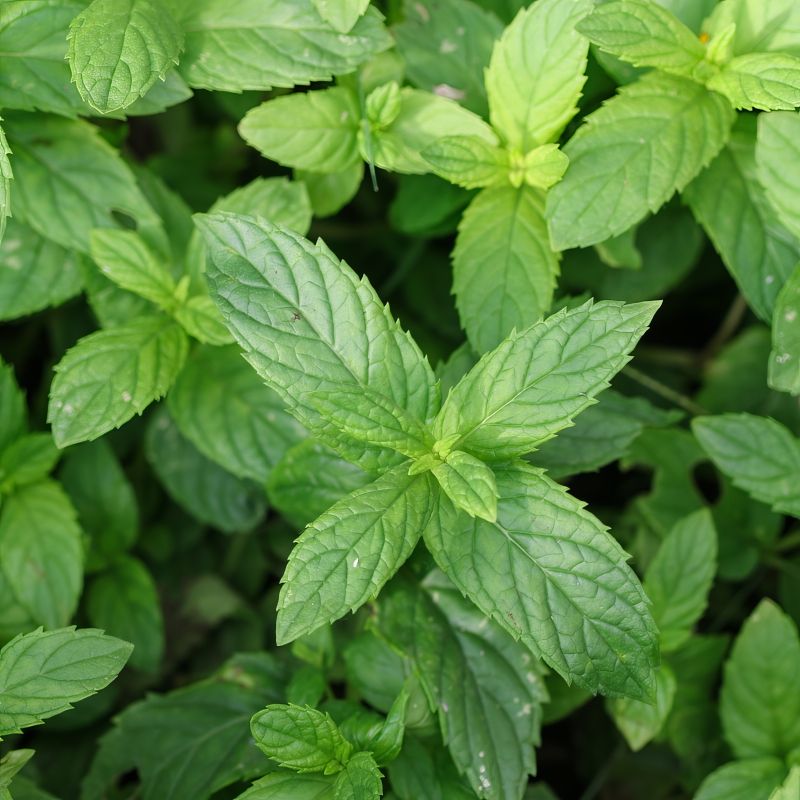
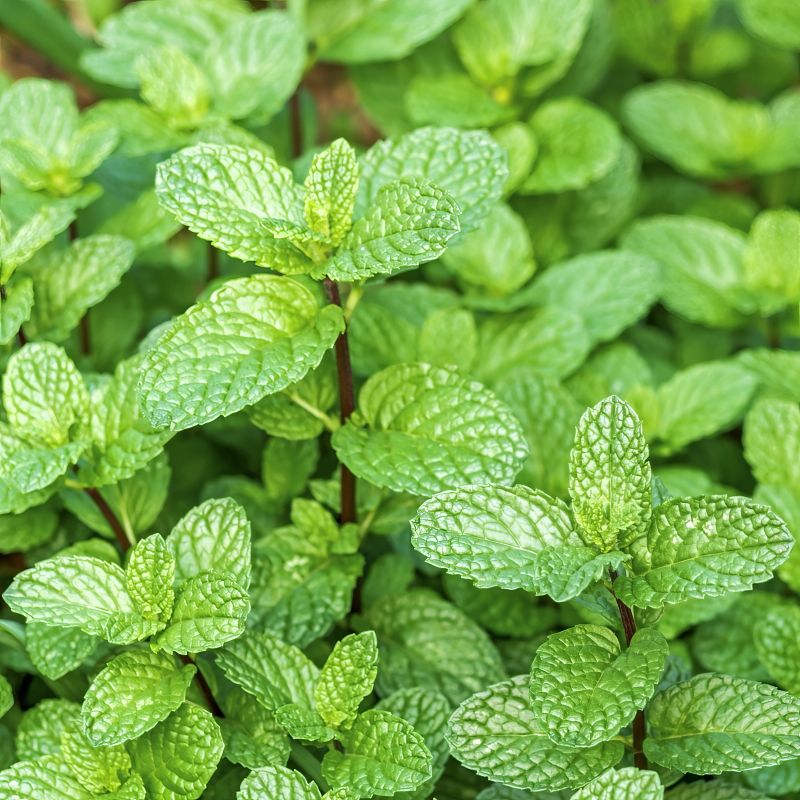
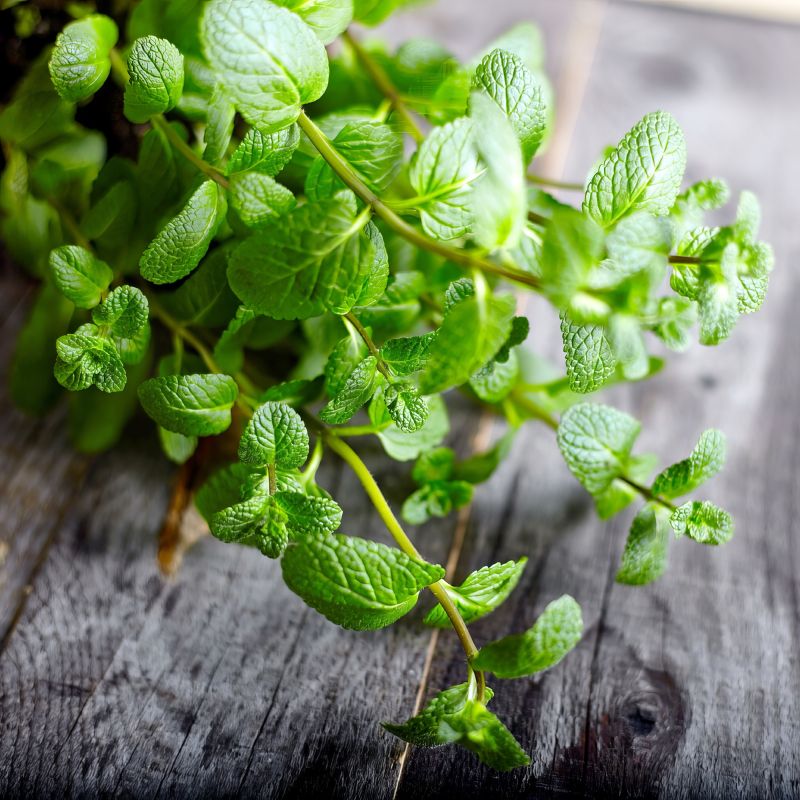
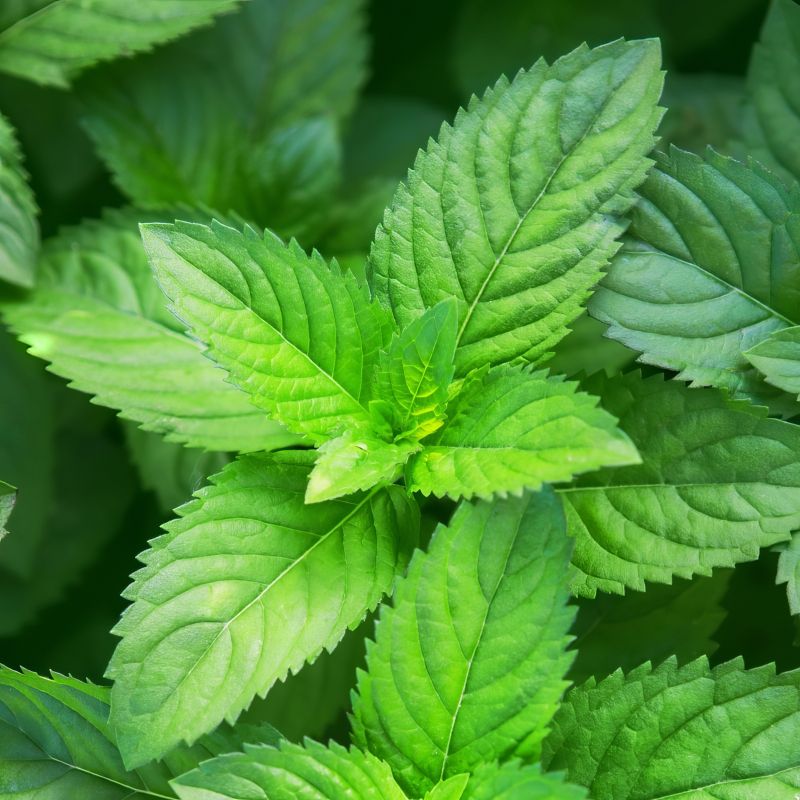
Herb 'Peppermint'
Mentha xpiperita Peppermint
81 reviews
Herb 'Peppermint'
Mentha xpiperita Peppermint
81 reviews
- Refreshing minty flavor
- Natural digestive aid
- Calming and soothing aroma
- Recommended by landscape designers for optimal fit in real yards
$82.00
$118.00
30% Off
- Ships to in 3 to 7 days
- Free Shipping Over $150
- Plant Arrival Guarantee
- In Stock
- Free Plant Consult
$200 - Landscape-Approved: Every Plant We Sell Comes With Design Expertise Behind It
- 4", 3 Pack
- 4"
Not just beautiful - intentionally selected by ShrubHub's 3D landscape design team to fit real-world spaces and maximize yard potential.
Why Herb 'Peppermint'?
Herb 'Peppermint' is a popular herb known for its cool, refreshing flavor and soothing properties. It is commonly used in teas, desserts, and aromatherapy for its digestive benefits and ability to relieve headaches and muscle tension. Peppermint is rich in menthol, which gives it a unique minty taste and aroma. It is easy to grow and makes a lovely addition to any garden.
People who loved this plant also bought
Sunlight
Peppermint herbs thrive in full sun to partial shade, requiring at least 6 hours of direct sunlight per day for optimal growth. In hotter climates, they may benefit from some afternoon shade to prevent scorching. Well-draining soil and regular watering are
Watering
Peppermint herb plants prefer consistently moist soil but not waterlogged. Water regularly, especially during hot and dry weather. Allow the top inch of soil to dry out slightly between watering. Mulch around the base of the plant to help retain moisture.
Fertilizing
Peppermint plants have moderate nitrogen requirements, so a balanced fertilizer with equal portions of nitrogen, phosphorus, and potassium is ideal. Fertilize peppermint plants in the spring and early summer to increase plant growth and oil production. Avo
Peppermint Herb (Mentha xpiperita Peppermint)
Peppermint is a popular herb that is known for its refreshing and cooling properties. It is a hybrid mint that is a cross between watermint and spearmint. Peppermint is widely used in culinary dishes, teas, and as a natural remedy for various health issues.
Key Features:
- Fragrant leaves with a strong minty flavor
- Rich in essential oils like menthol
- Can be used fresh or dried
- Easy to grow in gardens or containers
- Attracts pollinators like bees and butterflies
Uses:
Peppermint can be used in a variety of ways, including:
- Adding to teas or infusions for a refreshing flavor
- Chopping fresh leaves into salads or desserts
- Using dried leaves in potpourri or sachets
- Infusing in oil for homemade beauty products
- Brewing as a natural remedy for digestive issues or headaches
Whether you enjoy the taste of peppermint in your favorite recipes or use it for its therapeutic benefits, this versatile herb is a must-have in any kitchen or garden.
Plant Information:
| Botanical Name: | Mentha xpiperita Peppermint |
| USDA Zones: | 5 - 9 |
| Color/Foliage: | Purple w/Pink Flowers |
| Mature Height: | 24 in |






Pollination Info
Peppermint Pollination Information
Peppermint plants (Mentha xpiperita) are highly aromatic herbs that produce small purple flower spikes in late spring to early summer. These flowers are very attractive to pollinators such as bees, butterflies, and other beneficial insects.
Pollination Process
When a pollinator visits a peppermint flower in search of nectar or pollen, it inadvertently transfers pollen from the male anthers to the female stigma within the same flower or between different flowers. This process, known as cross-pollination, is essential for the production of seeds and the continuation of the plant species.
Importance of Pollination
Pollination is crucial for the reproduction and genetic diversity of peppermint plants. Without pollination, the flowers would not develop into seeds that can be dispersed to grow new plants. Additionally, pollinators play a key role in maintaining the health and biodiversity of ecosystems.
Attracting Pollinators
To attract pollinators to your peppermint plants, you can provide a diverse range of flowering plants in your garden to offer a continuous supply of nectar and pollen. Avoid using pesticides that may harm beneficial insects and consider planting flowering herbs such as lavender, thyme, and oregano to create a pollinator-friendly environment.
FAQ
Peppermint Herb FAQ
What is Peppermint herb?
Peppermint (Mentha xpiperita Peppermint) is a popular herb known for its refreshing aroma and flavor. It is a hybrid mint plant, a cross between watermint and spearmint.
How is Peppermint herb used?
Peppermint herb can be used in a variety of ways, including:
- As a flavoring agent in cooking and baking
- To make herbal tea
- In aromatherapy and essential oils
- As a natural remedy for digestive issues
What are the health benefits of Peppermint herb?
Peppermint herb is known for its various health benefits, including:
- Relieving digestive issues such as bloating, indigestion, and gas
- Alleviating headaches and migraines
- Reducing nausea and motion sickness
- Improving respiratory health
Are there any side effects or precautions when using Peppermint herb?
While Peppermint herb is generally safe for most people, there are some precautions to consider:
- Avoid using Peppermint oil on infants and young children
- Peppermint may cause heartburn or acid reflux in some individuals
- Consult with a healthcare provider before using Peppermint herb if you are pregnant, nursing, or have any underlying health conditions
Where can I buy Peppermint herb?
Peppermint herb is widely available for purchase at health food stores, online retailers, and local farmers markets. You can also grow your own Peppermint plant at home in a garden or container.
How do I store Peppermint herb?
To maintain the freshness and flavor of Peppermint herb, store it in a cool, dry place away from direct sunlight. You can also dry Peppermint leaves for long-term storage or freeze them in ice cube trays for later use.
Planting & Care
Planting Peppermint
To plant peppermint, you can either buy seedlings or start from seeds. Peppermint grows best in well-drained soil and full sun to partial shade. It is a spreading plant, so it's best to plant it in a pot or container to prevent it from taking over your garden.
- Plant seedlings or seeds in moist, rich soil
- Space plants 18-24 inches apart
- Water thoroughly after planting
Caring for Peppermint
Peppermint is a low-maintenance herb that thrives with minimal care. Here are some tips to keep your peppermint plant healthy:
- Water regularly, keeping the soil moist but not waterlogged
- Trim or prune mint regularly to encourage growth and prevent it from getting leggy
- Fertilize with a balanced fertilizer every 4-6 weeks during the growing season
- Protect plants from strong winds and hot, dry weather
- Harvest leaves as needed for culinary or medicinal use
- Divide plants every 2-3 years to prevent overcrowding
Check Out These Verified Customer Reviews:
Customer Reviews
4.7 out of 5 based on 81 reviews
Thank you! Your review has been submitted.
The 4" Mentha, Mint 'Peppermint' I ordered from Burpee was a great addition to my herb garden. The plant arrived looking fresh and well-packed. Overall, a positive experience.
The mint plant is healthy and vibrant, exactly as described. Very pleased with my purchase.
I received my Mentha, Mint 'Peppermint' from Burpee in perfect condition! The plant looks healthy and vibrant. The shipment was prompt and customer service was excellent.
Item has been added to your cart.



